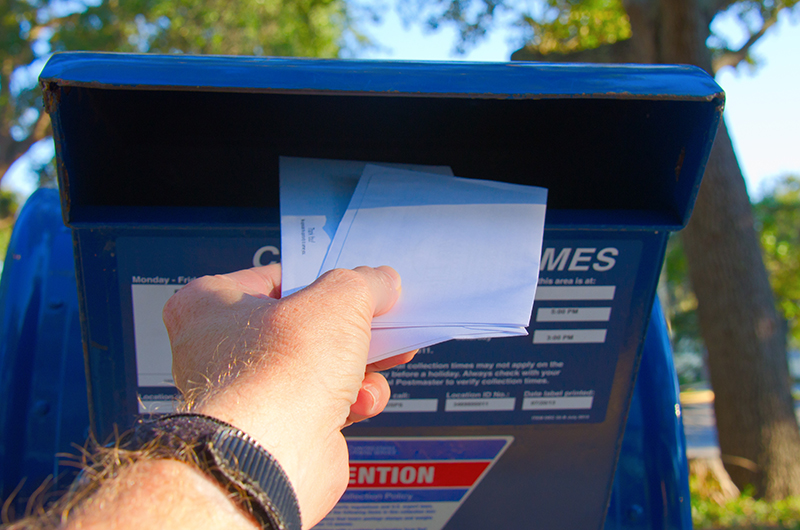How should I mail my IRS or state tax payment? By certified mail?
September 15, 2020 by Cheryl A.P. Patterson, EA, MSFS
There are many types of payments that are received by the IRS or a state agency. Your payments may include paying down a prior-year tax debt, pre-paid payments to cover your current tax year estimated tax liability, employment taxes that are withheld from the individual you hire to care for your children or parent at home, or employment taxes that are withheld from the paychecks of the employees of your business. You might be required to mail in backup withholding payments for an individual that conducts other services for you, such as landscaping, property management, or handyman services.
Whichever type of payment(s) you are making, it is extremely important to identify the payment so that the agency will know exactly how to apply it. For example, if you are making out a check for an estimated payment toward your current year federal tax liability, make sure to issue the check to the Department of Treasury and place within the memo section the Social Security number of the first person listed on the return along with the tax year and form number. Note: If you are paying a household worker through a payroll service, do not report these payments as estimated payments. These types of payments are reported within the required payroll reports, Forms 941 or 944. It can be very time consuming to correct a misapplied payment with the IRS or a state agency.
The most efficient way to make any type of payment to a federal or state agency is to make the payment directly online on the agency’s website. If you choose to mail in your payment(s), I recommend mailing your payment via certified return receipt or priority mail so that you can track it and have a written confirmation of the date and time the agency received your payment. It is also a good idea to keep a copy of the cleared item(s) within your current year tax file, including your bank or credit card statement and / or the front and back sides of the check.
It may seem as though the question of how to mail in a payment to a state agency or to the IRS is as simple as sending it certified return receipt, priority, or first-class mail. As illustrated, it is just as important to identify the type of payment, the year, and the correct identification number (Social Security or Tax ID) to make sure the payment is properly applied.





